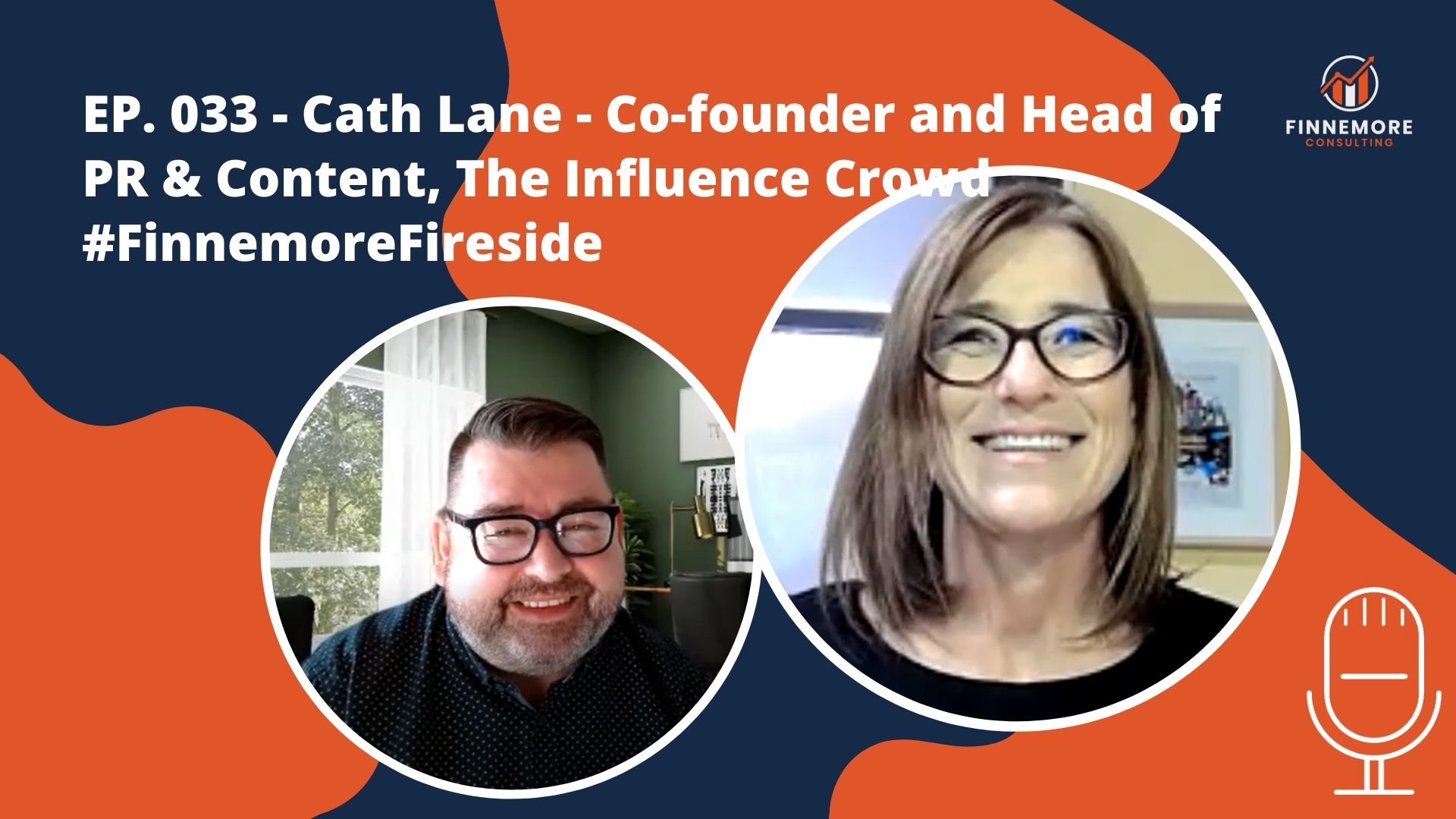Our next #FinnemoreFireside chat is essential listening for everyone who owns or leads an edtech business as it’s with marketing and PR guru, Catherine Lane.
Cath is Co-founder and Head of PR & Content at The Influence Crowd who work with some of the most well-known brands in education, including Juniper Education, Lexplore Analytics, Teach Active, SIMS BlueSky Education, GL Assessment, and Historic Royal Palaces.
The Influence Crowd implements highly targeted, integrated PR campaigns that prove their value through incoming leads and changed opinions. Using knowledge and relationships built up over 15 years in this sector, they engage and delight audiences through great coverage, shareable social content and by getting the key influencers behind edtech businesses.
This is an audio-only fireside chat (unfortunately the video tech got the better of us on the day 😕) and in it Nick and Cath discuss:
- Why selling to teachers is so hard, and why speaking the right language is so important
- Understanding your target audience
- How Covid has affected schools and the way they use edtech
- People buy from people- it’s not all about the product – and how the pandemic exposed the need for PR and marketing
- How edtech companies have become more experimental in the face of Covid challenges, which improves learning, marketing and messaging
- Cath’s advice for raising your profile as an edtech business in the sector
- How to approach getting national coverage with a whole package
- The importance of timing in creating a story and making the most of newsjacking
- Interpreting data to make it more digestible, gain investment, and help with messaging from day one
- How creating loyalty help with bumps in the road when it comes to reputation management
- Three things people should have in mind if they want to embark on a successful marketing and PR campaign
- What’s next for The Influence Crowd?
Enjoy!


